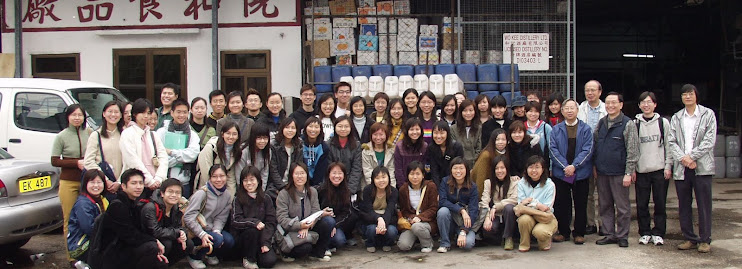From LLLLL,
I have come across the following problems during my revision. I hope you don’t mind that the questions may be a bit long. Thank you very much.
1. From the notes I jotted during lesson, I have written down Clostridium perfringens can survive in oxygen but can’t grow in it, while Clostridium botulinum can’t survive in oxygen. I am wondering if I have jotted notes wrongly as they are both obligate anaerobes. So what is ‘obligate anaerobe’ actually?
A. "obligate anaerobic": organism that can only grow or survive in anaerobic conditions and not in aerobic conditions. Those die in aerobic condition can definitely NOT able to grow in aerobic condition.
2. Regarding 2012-2013 past paper, I have checked the answers in the blog that ‘Aspergillus oryzae’ may most preferentially grow in bagel with redox potential -50mV. However, on notes p.95 about characteristics of molds, molds are obligate aerobes and they require high redox for growth. I don’t quite understand why molds can grow in the bagel with such low redox-potential. Does it mean that the bagel actually rely on the oxygen in the atmosphere to grow, but not rely on the bagel?
A. Molds are not all obligate aerobes. They can ferment and grow on sugar. P.95 refers to spoilage fungi that are obligate aerobes growing on organic acids. It is unclear and needs to be updated.
3. Regarding naked virus and enveloped virus, naked virus has a cell wall while enveloped virus does not? Cell wall=protein coat? If yes, enveloped virus also has a protein coat… If not, then what is the main structural difference between them except the envelope membrane?
A. Naked virus has protein coat, not cell wall. Enveloped virus has both membrane and protein coat. Membrane is the main structural difference between them.
4. According to the factsheet of WHO dated 2002, Salmonella was considered as one of the emerging foodborne pathogens. Is it not applicable nowadays?
A. In some cases such as relating to produce, Salmonella is emerging. Emerging is not a tight definition.
5. Some questions about endospore-forming bacteria
è Take the preparation of fried rice as an example (Bacillus cereus):
a) rice cooking activates endospore germination (if cooking temperature is high enough, endospores can possibly be eliminated? Since I remember in the case of roasting turkey, you have mentioned that the cooking temperature may not be high enough to kill the endospores. That means cooking at improper temperature will activate spore germination, while at the same time can’t kill the endospores?) A. Yes
b) cooked rice that is held under room temperature favours growth A. Should be Germination of endospores and secret toxins
c) cooked rice is then fried at temperature that is not high enough to kill the endospores thus become problematic (or should it be temperature is not high enough to destroy the toxins?) A. Toxin is a problem and also vegetative cells after germination.
Do the events above correctly describe the situation?
6. Will the final examination cover the content below?
- Soybean paste
- Clostridium difficile
A. No.
Sorry for asking so many questions. Thank you very much for your attention.










